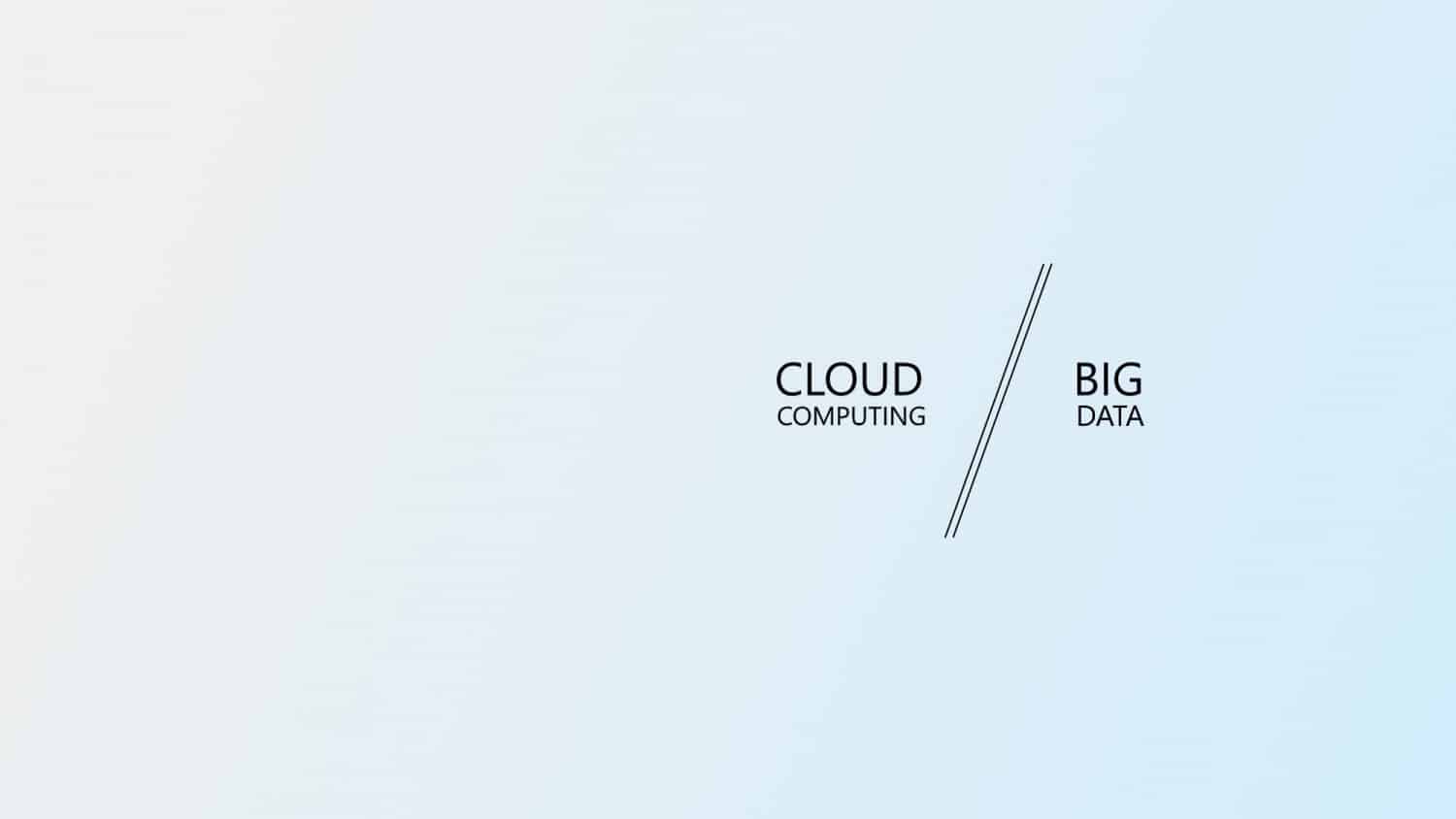August 2017
University of Applied Sciences of Economics (FHDW), Hauptstraße 2, 51465 Bergisch Gladbach
In June 2016, two Microsoft Student Partners gave interesting presentations on cloud computing and big data at the University of Applied Sciences of Economics (FHDW) in Bergisch Gladbach.
[su_spoiler title="Topics"]
Business intelligence (BI), big data, cloud computing
[/su_spoiler]
[su_spoiler title="Detailed description"]
As part of the lectures Introduction to business informatics and Scientific work there were two presentations on "Big Data" and "Cloud Computing". Daniel Struck and I, two Microsoft Student Partners, did not miss the opportunity and enlivened the presentations with our knowledge of Microsoft. With live demos, videos and our own experiences, the audience was able to take away a lot.
[/su_spoiler]
Agenda
Big data - buzzword or key competence?
The first lecture in the module Scientific work gave the audience a comprehensive overview of the possible uses of big data - today and in the future. With the help of current examples, such as the city of Barcelona, Amazon or Zalando, and videos, we took a closer look at the background. Statistics show that big data can definitely help companies to be successful in global competition. Current figures and a Power BI application from Microsoft made it easy to demonstrate and prove the importance of big data.
Cloud computing and Microsoft Azure
The presentation, which was largely held in English, dealt comprehensively with the topic of cloud computing and Microsoft Azure, Microsoft's cloud computing platform. Various definitions, approaches, statistics, videos and live demos captivated the audience. We covered the background to cloud computing - also with regard to the previous presentation - as well as the techniques and technologies in the module Introduction to business informatics in a suitable way. In the almost two-hour presentation, we also went into detail about the possibilities that the audience (students) have with Microsoft Azure via Microsoft Dreamspark (now Microsoft Imagine).


Leave a Reply